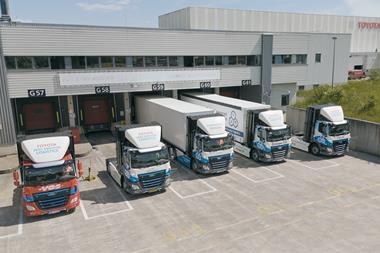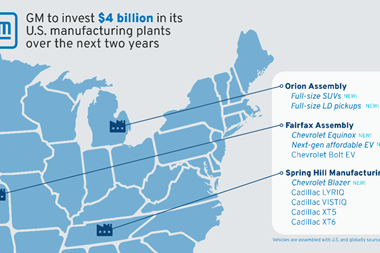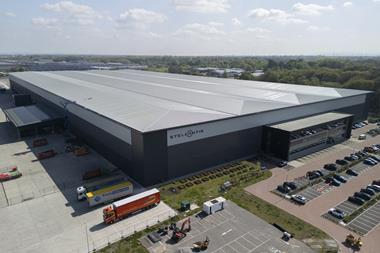
One year after the devastating earthquake and tsunami that hit Japan, and which hit global automotive production for six months afterwards, Toyota has announced that it is putting in place a more resilient supply chain by this autumn. The new strategy will allow it to recover within two weeks in the event of a similar disaster said a spokesman for the company. Toyota said it will have all the information on the contingency measures planned by its suppliers by the end of March.
At a press conference held last week, executive vice president Shinichi Sasaki, who oversees purchasing at Toyota, said the company had identified the supply chain structure of around half of its 500-strong tier one suppliers in Japan, enabling it to identify 1,500 sites where Toyota parts are sourced. According to Reuters, Sasaki said the map allowed Toyota to see about 300 single-source providers of the components used by Toyota that were in 'at risk' locations. This accounted for almost 1,000 parts.
Toyota is now asking those suppliers to either disperse their production across multiple locations or hold extra stock. It will also reserve the option buy the part from an alternative source.
Toyota also plans to develop common parts for about half of its 4,000-5,000 components within four years.
The plan develops the three-point strategy Toyota outlined last September, which was designed to limit future disruption to the supply of parts following the earthquake. It called for the further standardization of parts enabling carmakers to share common components that could be manufactured in several locations.
It also asked tier suppliers to hold additional months of inventory and invest in the development of technology that would provide more options for parts and materials. The demand on suppliers to hold extra stock and invest in the development of technology that would provide more options for parts and materials led to concern that they were going to have to meet that cost without support from Toyota. The carmaker has now said it will consolidate similar parts to provide suppliers with the economies of scale necessary to make the necessary investments, including the establishment of second facilities.
Toyota's third step toward a more secure supply chain is to make each region in which it manufactures independent in its parts procurement to avoid the impact of a problem in one area affecting the smooth running of a facility in another region.
As reassuring as the plan seeks to be there remains the issue that the other half of Toyota's tier-one parts makers have declined to name their suppliers further down the chain on the grounds that it would endanger their competitive position. Toyota has to move forward with the promise from those suppliers that their own contingency plans will ensure a production recovery within two weeks.
This raises the question of how accurate Toyota can be in its risk management strategy given this resistance to full collaboration and the resulting lack of visibility across half of its suppliers in Japan.



































